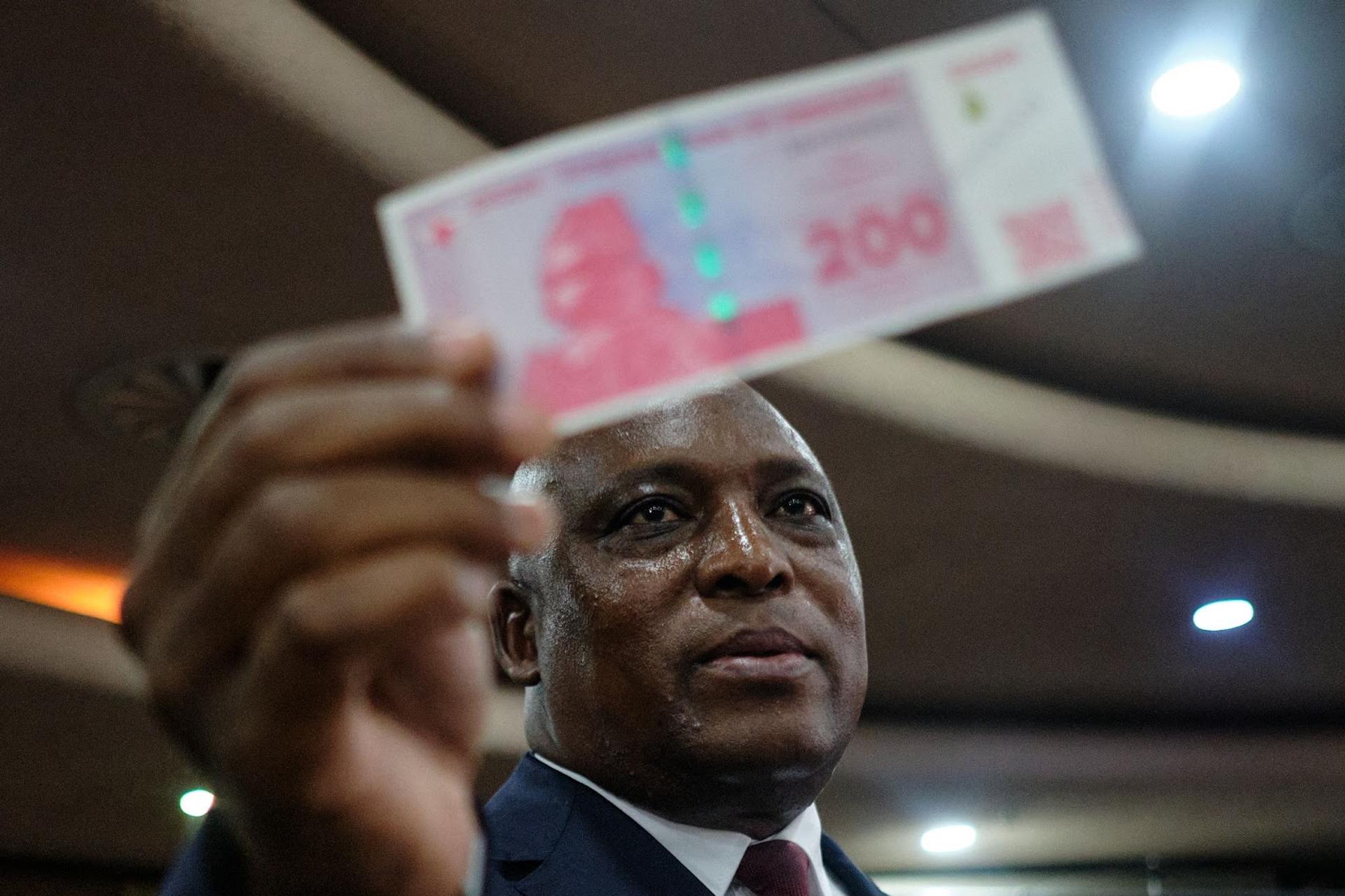The News
BULAWAYO, Zimbabwe — Zimbabwean businesses have not transitioned to the nation’s new currency as they continue to adjust their systems, six days after the central bank introduced the sixth medium of exchange in 16 years.
The southern African nation, which has been grappling with currency crises over the past 24 years, on April 5 introduced the Zimbabwe Gold (ZiG), which is backed by 2.5 tonnes of gold and some foreign currency reserves worth about $285 million.
The government made the change following a drastic depreciation of the Zimbabwe dollar (ZWL) since its reintroduction in 2019. Banks, mobile money companies and retailers, among other businesses, put local currency transactions on hold a day after Reserve Bank of Zimbabwe Governor John Mushayavanhu announced his first monetary policy statement.
Though electronic ZiG transactions began on April 8, physical notes and coins will begin to circulate on April 30. Those holding the ZWL have been left stranded as the changeover progresses.
Street currency traders in Bulawayo, the second largest city, and other major cities, remain idle. Zimpricecheck.com, a popular platform which tracks the exchange rate and prices in the economy, did not feature a parallel market rate on April 9.
“The issuance of a currency is one thing, managing and supporting it is another,” said Eddie Cross, a business leader and former member of the RBZ monetary policy committee (MPC), when Semafor Africa asked him about the future of the ZiG.
In this article:
Know More
Bankers Association of Zimbabwe (BAZ) chief executive officer, Fanwell Mutogo said on April 9 that banks were still “diligently” working on the conversion from ZWL to ZiG. He expressed the hope that “most” of BAZ’s 17 members would be on the ZiG platform by the end of that day.
“The sector is very optimistic about the new structured currency that links the local currency to a composite basket of reserve assets comprising precious minerals (mainly gold) and foreign currency balances which aims to address the current state of price and exchange rate instability in the economy,” he said.
Zimbabwe’s currency changes date back to 2008 when an inflation rate of 500,000,000,000%, according to International Monetary Fund (IMF) estimates, forced Zimbabwe’s then president, Robert Mugabe, to drop the ZWL and legalize the use of multiple foreign currencies dominated by the US dollar.
The government of President Emmerson Mnangagwa, who took office in 2017, reintroduced the ZWL in early 2019 and outlawed the multi-currency regime but later permitted the use of foreign currencies again.
The View From An Economist
Zimbabwe has had a history of failed currencies, said Persistence Gwanyanya, an economist and member of the MPC, but expressed confidence that the ZiG will work. “We see the demand for ZiG ... the supply of the currency is going to be moving in line with the available reserves in the economy,” he told Semafor Africa.
Asked what else sets ZiG apart, Gwanyanya pointed to the reserves backing it, particularly the country’s gold reserves.
Room for Disagreement
Gift Mugano, professor of economics at South Africa’s Durban University of Technology, said the government would need to create demand for the ZiG to make it viable. “Relying on backing a currency on an underlying asset alone, which the government is placing emphasis on, is not enough,” he said.
“Backing is an important thing but you need to go beyond that, where the government uses the currency. If the government doesn’t do that [create demand for ZiG] then ZiG will not survive,” added Mugano.
